The Smart City Living Lab at Hyderabad’s International Institute of Information Technology (IIITH) campus is the first unique and dynamic location in India where safety, security and sustainability is combined into a real-time innovation platform where development and testing of Smart City solutions is taking off. Their biggest inspiration, alongside being the source of insights, was the Smart City field lab, Johan Cruijff Arena, Amsterdam. This Living Lab situated in Hyderabad, the capital city of Telangana is an effort to shape India’s advanced digital future.
How it all happened
In July 2019 , a 5-member delegation from IIITH visited France to explore collaboration opportunities between French universities, start-ups and the government. This visit was carried out as a part of initiatives under the Center of Excellence (CoE) at IIITH on Internet of Things (IoT) for Smart Cities supported by the EU project ‘EU-India Cooperation on ICT Standardization, Policy and Legislation’.
The delegation visited the Laboratory for Analysis and Architecture of Systems (LAAS-CNRS), Toulouse and the Toulouse campus of French engineering university INSA as well as Bordeaux and met government officials of Bordeaux Metropole (Smart City), saw their smart city implementations as well as visited Technowest, their smart-city start-up cluster.
Another fillip was the Embedded Systems Workshop (ESW), the first workshop held on IIITH campus as a primary step towards gaining knowledge on the whole concept of the Hardware of IoT products and how to interface them with the oneM2M platform (OM2M).
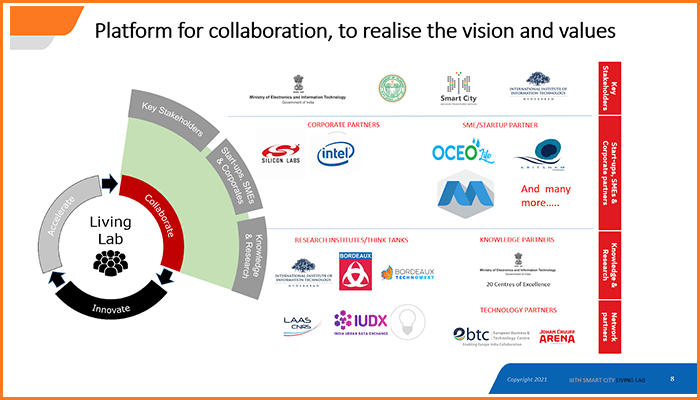
IIITH then proceeded to make simple IoT products as a small step towards building the future through a living lab. Eventually, their effort was recognised by the Ministry of Electronics and Information Technology (MeitY) who reached out to check on a possibility to build a living lab for smart cities and supersize their exciting efforts. IIITH agreed to it and MeitY, the Smart Cities Mission and Government of Telangana became their founding partners along with the European Business and Technology Center (EBTC) and the Amsterdam Innovation Arena as their technology partners.
The Smart City comes with its own bagful of advancement opportunities that can be upscaled to bring about a change in infrastructure and meet a whole city’s needs.
To bring about these advancements, the living lab also has a variety of demand-driven aspects to be met. Thus, believing in the growth and development it is able to bring about, MeitY took up the objective of bridging the gap between IIITH and the prospects prevailing in the world, providing them a platform for market access as well as Proof of Concepts (PoCs) and expanding their innovative solutions for the development of other smart cities.
Further ahead, Silicon Labs and Intel also collaborated with IIITH as their corporate partners.
IIITH’s Smart City Research Centre (SCRC), was first set up with their support and the research center initiated a Living Lab which was structured with cooperation from the Amsterdam Innovation Arena, the European Business and Technology Center (EBTC) and the LAAS-CNRS.
Finally, The Smart City Living Lab on IIITH campus, a real-world simulation of a Smart City covering all infrastructures spread over a 66-acre area, began operating in December 2020.
The Incredible Infrastructure

The infrastructure of the Smart Lab at IIIT-H holds more than 100 live IoT sensor nodes set up in various places to meet different purposes, forming a data lake.
- Multiple nodes are set up at different locations across the campus to record the air quality every second and are updated on the dashboard every 10 minutes.
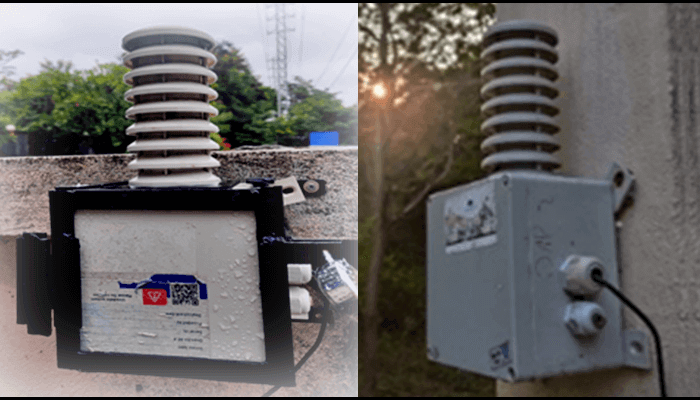
- Some of the nodes monitor the water flow, quality and distribution every minute, making it possible to bar any wastage of water and the water quality is also measured every four hours using IoT techniques. The water quality sensors installed also keep a constant check on important issues such as TDS, the pH-Level and Turbidity Level of the water and also that no water consumed qualifies as a non-revenue source of water.
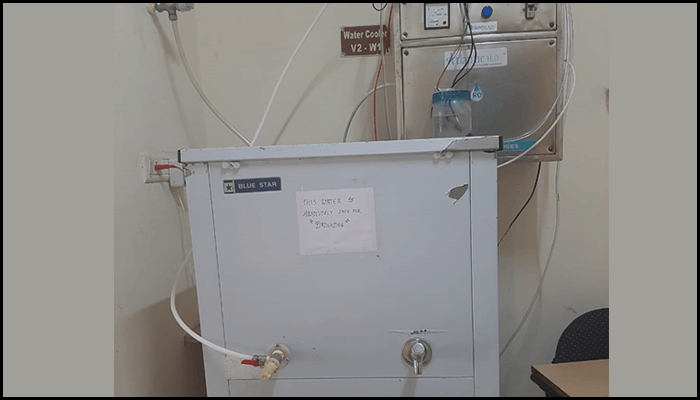
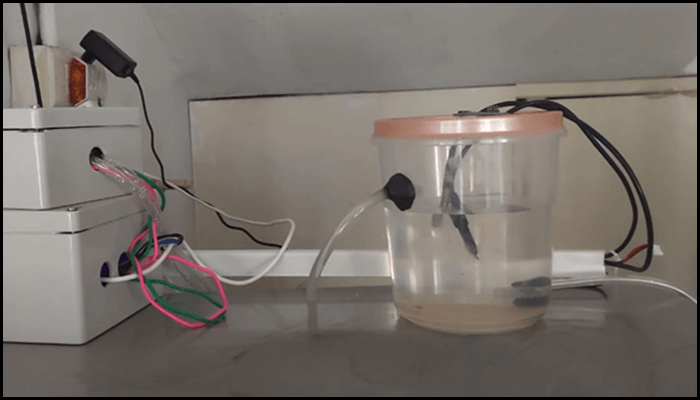
- The smart classrooms of the campus control their energy usage with the help of occupancy sensors, carbon-dioxide sensors, air conditioners (BACnet) sensor nodes, and air quality sensors, presenting data to the data lake and the dashboard on a real-time basis.
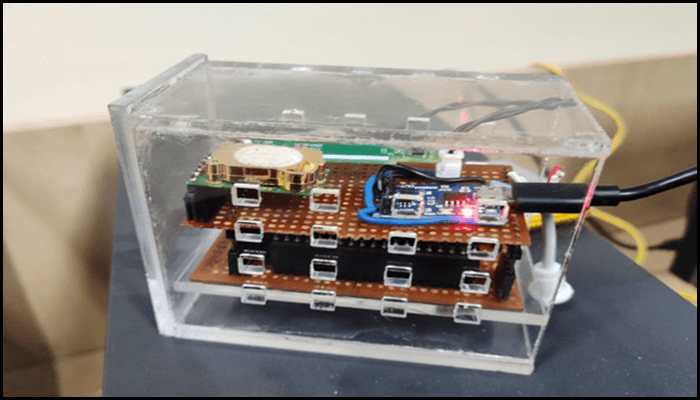

- Weather sensor node with the capability of detecting parameters such as wind speed, temperature, humidity, wind direction, solar radiation and rainfall data helps facilitate better energy utilisation and also controls pollution within the campus.
- Energy meters with a LoRaWan interface are deployed to keep a check on usage as well as if any wastage of conventional energy, powering the entire Living Lab.
- Similarly energy meters /inverters of renewable energy sources like solar energy are being monitored at regular intervals.
- Cameras are deployed across the campus at different locations for crowd monitoring especially as a precautionary measure to prevent newly arising health hazards during post Covid times.
All the data collected from each of these individual nodes is then picked up by the oneM2M server and is made available to the dashboard, the Amazon Alexa interface, The India Urban Data Exchange (IUDX) and the Smart City Living Lab personalised Mobile Application in order to reach users after being authenticated by the necessary privacy and security protocols.
The India Urban Data Exchange (IUDX) is a software platform that allows Smart Cities and its citizens to fully benefit from the large volumes of data available within the cities. In this context, IIIT Hyderabad’s Living Lab has been collaborating with the IUDX team from Indian Institute of Science, Bangalore (IISc) for the seamless data exchange between the IIITH’s data monitoring system and data consumers and stakeholders across the country. An application programming interface (API) layer provides on-demand formatted data sets from several IoT sensor nodes to the various researchers, start-ups and companies. It is also necessary to archive the data collected from all these devices to gain meaningful insights. Hence, a data warehouse is being developed to archive large volumes of sensor data, leveraging the oneM2M subscription technique.
In the development of Smart Cities in India, the platforms based on the oneM2M standard have been playing an important role for routing the data. The development has acted as a boost after the decision of the National Government’s Telecommunication Engineering Centre (TEC) in making the oneM2M specifications, a national standard.

The dashboard makes data from various sensor nodes deployed across the campus accessible to every user after proper authentication. Study on the variation of data of the various nodes deployed across the campus can be done through the friendly user interface of the dashboard. Also, keeping research perspective in mind, the dashboard has been programmed with the capability to make the data sets available to users, for any given time period. It is a convenient and constant system that keeps the most important insights required about the smart lab under the click of one’s fingers.
The Research Team…
consists of more than 15 multi-disciplinary research interns, working along with esteemed professors of IIITH on finding new innovative solutions for various Smart City related problems. These efforts are used for publishing patents and publications which can be used by individuals or start-ups to develop interesting products.
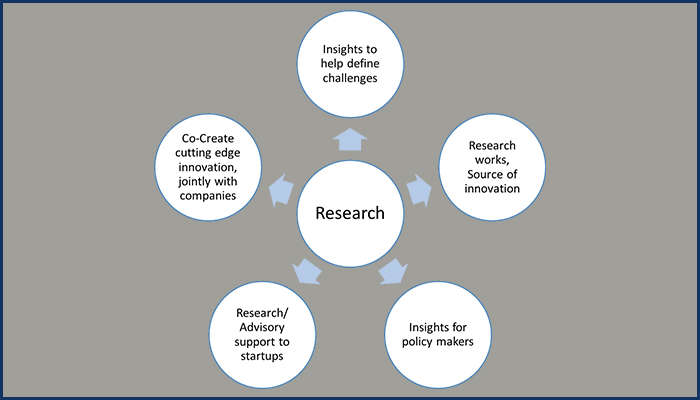
The Smart Lab…
functions on optimal resources, ensuring a healthy environment, at the same, minimising any kind of negative impacts on it too. It taps into innovations that have the potential to provide sustainable answers to 21st century problems in areas of water management, supply and distribution, waste management, http://getzonedup.com safety, security, health hazards and also energy loss and utilisation. It aims at developing futuristic solutions for any smart city related problems in the most efficient manner.
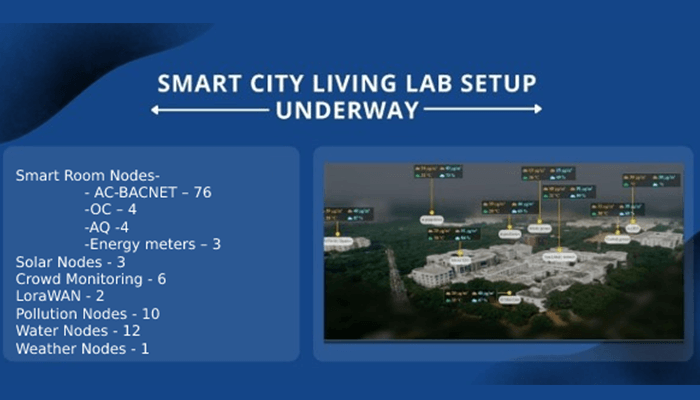
The Smart City Living Lab at IIITH sets an example to be replicated while structuring various other smart cities across the country.
It functions to meet its own needs as well as provides a platform for start-ups to gain insight on the operability of a Smart City, to collectively move ahead towards a highly advanced future. “Opportunities in a Smart City are unending and so are the solutions.”, says Anuradha Vattem, Lead Architect.

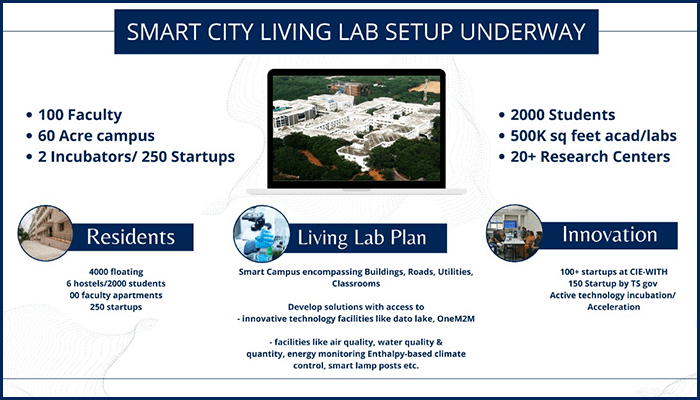
Next post